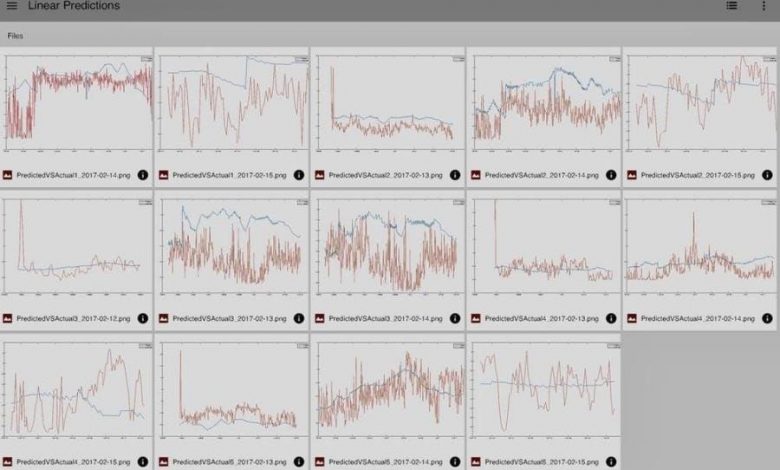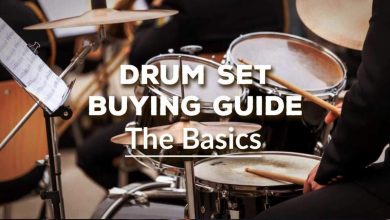The Rhythms of Nature: Percussion’s Mimicry of Environmental Sounds

The Rhythms of Nature: Percussion’s Mimicry of Environmental Sounds
The Magical Connection Between Percussion and Nature
The Influence of Environmental Sounds on Percussion
From the gentle patter of raindrops to the thunderous crash of ocean waves, nature has a way of creating mesmerizing rhythms. These natural sounds have not only captured the attention of poets and musicians but have also inspired percussionists to mimic the beauty and cadence of the environment through their instruments. In this blog post, we explore the fascinating world of percussion and its mimicry of environmental sounds.
Environmental sounds have always held a profound influence on music. In the realm of percussion, these sounds act as a muse, guiding artists to replicate the rhythms and melodies of nature. From the delicate rustle of leaves to the rhythmic symphony of animal calls, percussionists have sought to capture these nuances and infuse them into their compositions.
The Art of Mimicry Through Percussion
Percussionists employ various techniques and instruments to replicate the sounds of nature. For instance, a rainstick can mimic the gentle sound of rain by using small pebbles or beads inside a hollow tube, creating a soothing, cascading effect. Similarly, a shaker instrument, such as a maraca, can imitate the rustling of leaves or the sound of waves crashing on a shore.
Drums, one of the most versatile instruments in the percussion family, can produce a wide range of sounds that mimic different elements of nature. The deep, resonant tone of a bass drum can emulate the distant rumble of thunder, while the rapid beats of a snare drum can replicate the patter of raindrops.
Frequently Asked Questions (FAQs)
1. How do percussionists mimic environmental sounds?
Percussionists use a variety of techniques and instruments to replicate environmental sounds. This includes utilizing instruments like rainsticks, shakers, and drums to mimic the sounds of rain, waves, leaves rustling, animal calls, and more.
2. What are some instruments commonly used for mimicking environmental sounds?
Instruments such as rainsticks, shakers (like maracas), drums, and even cymbals are commonly used by percussionists to mimic environmental sounds. Each instrument produces a different sound that can emulate elements of nature.
3. How does percussion mimicry of nature enhance music?
The mimicry of environmental sounds in percussion adds depth, texture, and a sense of realism to music. By incorporating these natural rhythms, percussionists create a closer connection between the music and the listener, evoking emotions and imagery associated with the sounds of nature.
4. Are there specific percussion compositions inspired by nature?
Yes, many percussion compositions draw inspiration from nature. One notable example is “Rain Tree” by Japanese composer Toru Takemitsu, where the percussion instruments imitate the sounds of raindrops falling on different surfaces, creating a calming and immersive experience.
In conclusion, percussionists have long been captivated by the rhythms of nature and have sought to replicate the captivating sounds of the environment through their instruments. By employing various techniques and instruments, percussionists bring the beauty and cadence of nature to life in their compositions. This fusion of music and nature creates a powerful connection that resonates with both the musicians and the listeners alike.



